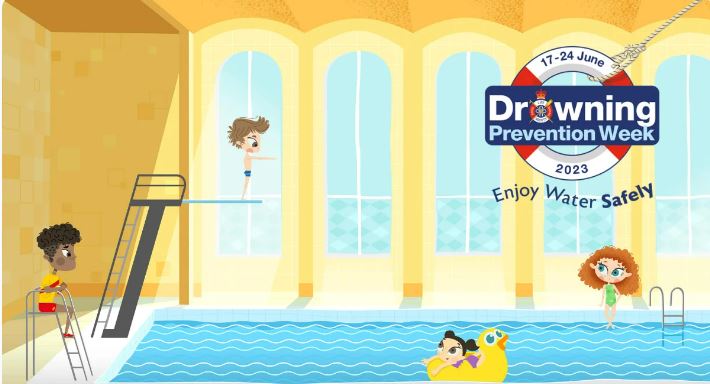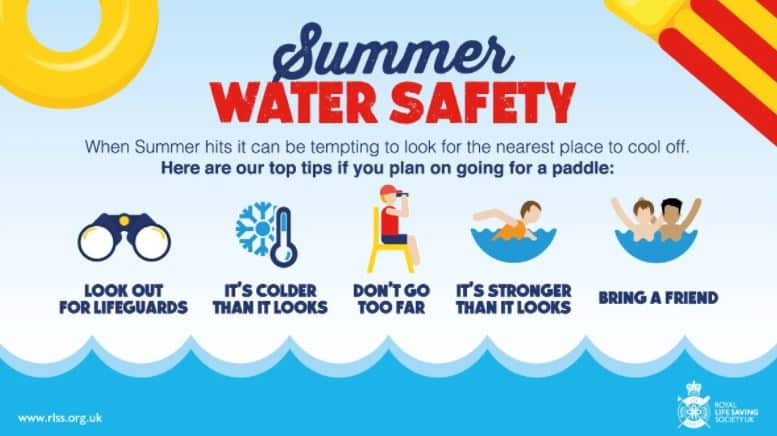Did you know that a child can drown in as little as 2cm of water?
Keeping safe around water is something we think more about when out and about but there are lots of ways that your child can get into trouble around water in the home. Considering where water can be accessed in your home is a great start. According to the Royal Lifesaving Society around 402 people drown in the UK and Ireland every year and many more suffer injury, some life-changing, through non-fatal experiences. More people die from drowning in the UK and Ireland than from domestic fires or cycling accidents. Drownings around the home are easily preventable so the Royal Lifesaving Society have created these easy-to-follow tips to make sure that you and your loved ones can enjoy water safely, at home.
Indoors
- Always supervise bath time (never leave children unattended)
- Empty the bath as soon as possible after use
- Close toilet lids and use toilet seat locks to prevent drowning
- Keep doors to bathrooms and utility rooms closed
- Vulnerable adults and people who suffer from sudden seizures should consider using showers rather than baths
In the garden
- Never leave your child unattended around water. Children can drown in as little as 2cm of water
- Watch kids when they are in or around water, without being distracted
- Keep young children within arm’s reach of an adult
- Securely cover all water storage tanks and drains
- Empty paddling pools, containers, buckets and watering cans, as soon as they have been used
- Always turn paddling pools and containers upside down once empty, so they do not collect water
- Securely cover all hot tubs and home spas as soon as possible after use
- Make sure older children are accompanied every time when they swim or use hot tubs
- Always install self-closing and self-latching gates, fences of at least four feet tall surrounding all sides of any pool, and locks to prevent children from gaining access to home pools or pools of water
- Install secure fencing around garden ponds (at least four feet high) to act as a barrier or add mesh or a grill on top of the pond (strong enough to support a child’s weight without dropping below the surface of the pond water)
- Always turn hosepipes off at the tap, so children cannot fill vessels themselves
Safer Bath times from the Child Accident Prevention Trust
- Bath seats are great for supporting your baby in the bath but they’re not safety aids – a baby shouldn’t be left alone in one even for a moment as they can slip out
- Get everything you need ready before bath time because you’ll need to stay with your baby or young child all the time they’re in the bath
- Don’t rely on your toddler to keep an eye on the baby while you pop out for a towel, as they’re still too young to understand danger.
Summer Water Safety on holiday and days out.
Making sure you and your children are safe when close to open bodies of water is essential so bear these in mind when you’re out and about. RoSPA research shows the most common times for children to drown on holiday are the first and the last days – don’t let your guard down at any time.
- RNLI has advice on being safe on the beach and in the sea
- For advice on water safety, visit the Royal Life Saving Society’s website




